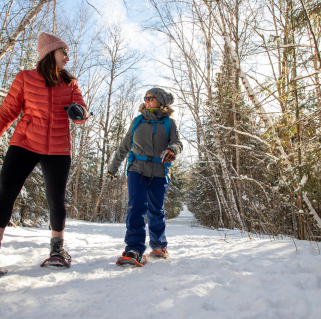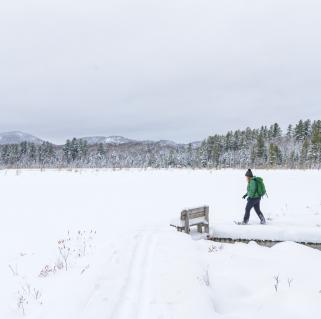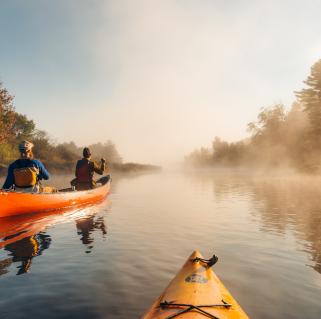Alan Belford
January 24, 2019
Winter Specialties
A few weeks ago, the Saranac Lake Christmas Bird Count (CBC) was held around the New Year as it always is. And so Wren, my dog, and I did our part covering a segment of the count area, hiking through the winter snow, and counting birds as we went.
One of the hopes of the CBC was to find the “winter finches” — those sought-after species which are generally more common at this time of the year. We had reason to be hopeful for such things this year, as mid-to-late fall brought us the likes of Evening and Pine Grosbeaks, Common Redpolls, and other winter visitors like Bohemian Waxwings, which are not finches. And while I struggled to find finch species on count day itself, other birders did find them, and we found plenty of such goodies ourselves before and after the count was over. So for those of your in search of some of our winter specialties, here are some tips.
Common Redpolls
Common Redpolls began to arrive across the region in mid-to-late fall, generally in small numbers. Wren and I found them in Lake Placid and Saranac Lake, and we heard them giving their characteristic flight calls overhead as we wandered the woods. That is true of all of the species covered here — keeping an ear open for their flight calls is a good way to help locate them.
In recent weeks, redpoll numbers in the Adirondacks have been low – they’ve been easier to find in the lowlands surrounding the region, like the Champlain Valley. There I’ve found small flocks of 20-50 birds, sometimes in towns where they can find food at feeders, and other times in the farm fields where they are dining on the seed heads of grasses and other vegetation. They will also chow down on the seeds of birches and other trees.
Overall the potential irruption of redpolls has been fairly small, but if numbers build during the winter, they should be most easily found in towns where their numbers at bird feeders can be counted in the hundreds (I’ve had as many as 600 at a time at my feeders in the past). It is also then that the chance to find a rare Hoary Redpoll increases markedly – they may be mixed in with the flocks.
Evening Grosbeaks
Like Common Redpolls, Evening Grosbeaks moved into and through the region during the fall and early winter. Their numbers have fallen since, but I recently found one calling shrilly in my yard. These colorful denizens of northern forests can be found throughout the year in low numbers, but when they move south during the winter they can descend upon bird feeders, cleaning them out. For the most part, such large numbers haven’t materialized, but Wren and I were finding them during the second half of fall throughout the Olympic Region.

Like the redpolls, Evening Grosbeaks are often best found in towns, where they chow down on bird seed – particularly sunflower seed. As a result, birders in search of them (and the other birds in town) should simply poke their way around towns like Saranac Lake, Lake Placid, and Tupper Lake watching for birds perched (often near the tops of trees) and listening for their calls. The latter requires keeping the car windows open as you drive in cold weather, so just look tough and hardened against the chill as you garner strange looks from other drivers.
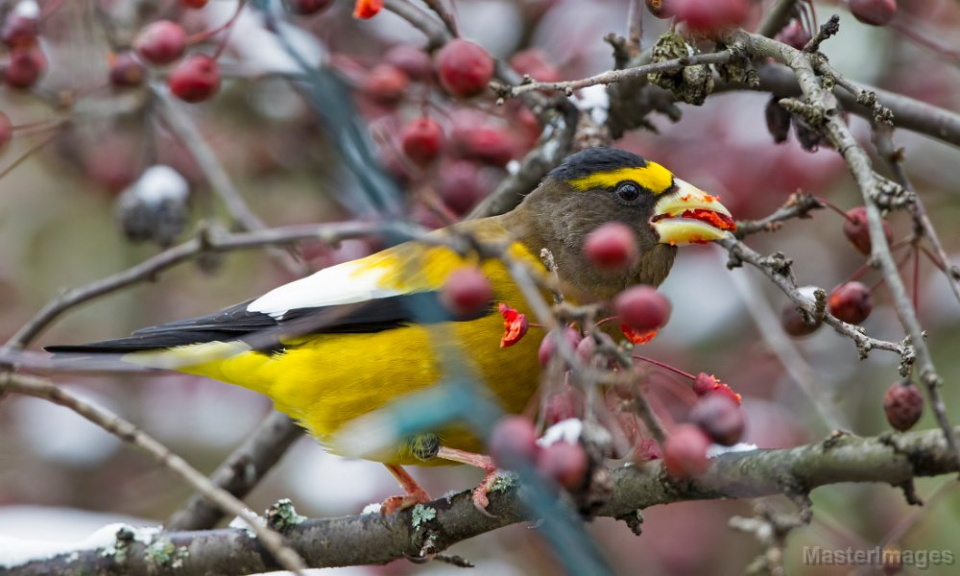
Another good idea is to locate and monitor bird feeders wherever you are, stopping by and checking them from time to time. The key with this technique is to not look too creepy as you peer into the yards of other people, although many folks with feeders are understanding about the attention which they can attract.
Pine Grosbeaks
As with the species above, Pine Grosbeaks moved into the region during the fall, although many of them have remained in the area since. Like Common Redpolls and Evening Grosbeaks, Pine Grosbeaks are often located by their flight calls, and they are usually most easily found in towns – where they dine on fruit in ornamental trees and shrubs. They may also occasionally be found eating the seeds of wild trees, like tamaracks.
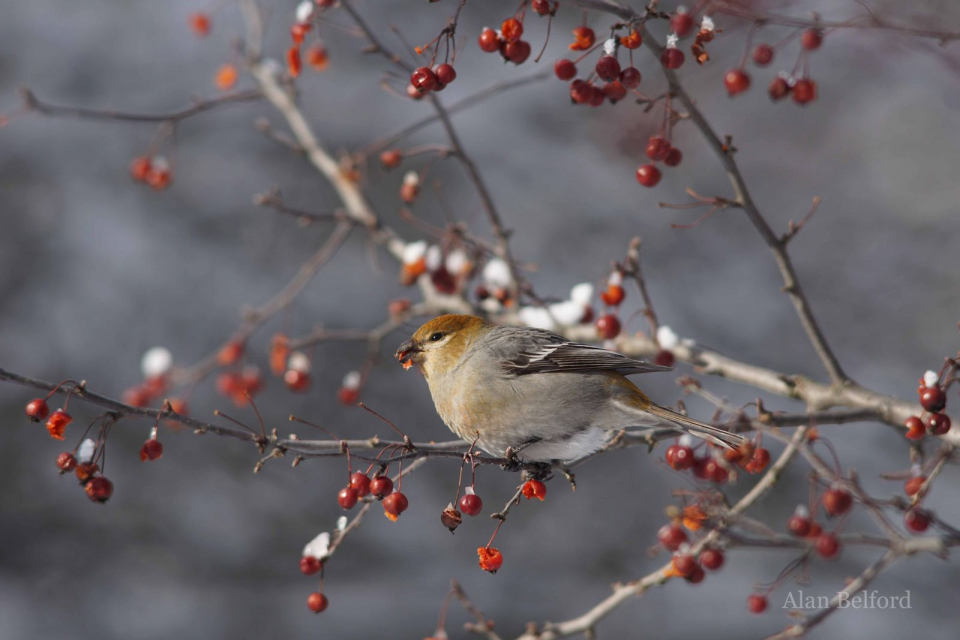
Anyone in search of Pine Grosbeaks should check out any place that has regular fruit trees – search for heavily fruit-laden trees at private residences and businesses. The birds tend to clean out trees which they like and then move on to a new tree, so keep an eye on any tree which has potential – even if you haven’t noticed any grosbeaks there yet.
For instance, the grosbeaks (with the help of European Starlings) stripped the trees by the Pizza Hut in Saranac Lake bare and then moved to other trees in town. There have currently been grosbeaks hanging out along Kiwassa Road and near the junction of Church Street and Lake Flower in Saranac Lake (not far from the ice palace). Birders in Lake Placid may want to stop by the trees along the gymnasium at the high school or the trees frequented by fruit-eating birds near the tennis courts and village beach.

The truth is, as with any of these species, Pine Grosbeaks seem to constantly move around, so regularly checking potential locations and taking time to search through town with eyes and ears open is often the best way to find them. In addition, in recent weeks their numbers seem to have increased a bit in the Champlain Valley, so interested birders can also consider a trip there as well. Finally, Pine Grosbeaks are notorious for sitting quietly in trees so you need to look carefully through potential fruit trees – as well as neighboring trees – lest you want to give the grosbeaks a reason to quietly snicker at you as you shiver and overlook them.
Bohemian Waxwings
Like Pine Grosbeaks, Bohemian Waxwings are fruit-lovers, making the same locations and techniques important for finding them as well. Unfortunately, Bohemians weren’t found on the Saranac Lake CBC, but they were found locally during the count week period. Wren and I found them in Saranac Lake and Lake Placid a number of times during late fall and early winter, but in recent weeks, they seem to have moved downslope to the surrounding valleys (such as the Champlain Valley) where there is more food and where they can be more reliably found as a result (perhaps warranting a day trip there).

That doesn’t mean there aren’t any in the Olympic Region, however, and intrepid birders should once again brave the elements on foot or with the car windows down (to listen for their trill) in town to show everyone just how hardy birders can be. Some years also offer us an influx of Bohemians during mid-winter after they have exhausted their resources to our north, so we will see if that happens again this year. After all, there is still plenty of food available for them in these Adirondack towns.
Crossbills
With the crops of cones on our conifers low or non-existent, this winter has not shaped up as a good year for either Red or White-winged Crossbills. That said, both species are often around in low numbers and Wren and I found lone Red Crossbills a few times recently while we were walking through the woods along Lake Colby in Saranac Lake.
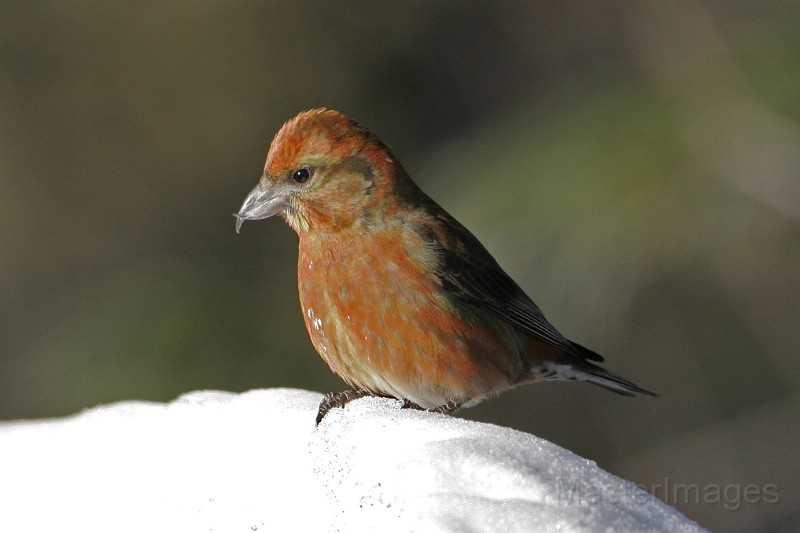
The region north of town is often worth a driving tour, getting out to walk and listen, and leaving car windows down to once again be given strange looks from others. There are usually some Red Crossbills in the area around Paul Smiths, the Paul Smith’s College VIC, Jones Pond, and the surrounding conifer-lined roads. There is really no wrong answer on where to look – once again the birds move around a great deal, so it is often a matter of spending time in likely locations and hoping to get a bit lucky.
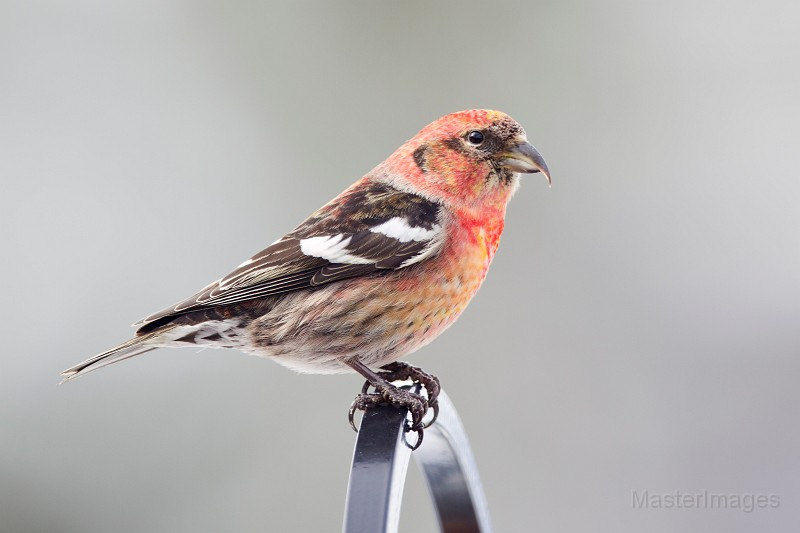
White-winged Crossbills have not been reported this fall in the region, but that does not mean that there aren’t any around. They can sometimes be found in the coniferous forests near the summits of many of our mountains and it is worth keep an ear open for them on any trip to our local boreal sites — such as Bloomingdale Bog and Bigelow Road — while you search for resident boreal species like Gray Jay, Black-backed Woodpecker, and Boreal Chickadee. After all, such specialty species are always around, making winter a fun time to explore the region in search of them as well as the winter visitors which are gracing our yards and forests this year.
If winter birding and adventure are on your to-do list, then it is time to plan your trip today. Check out our lodging and dining pages to learn more.
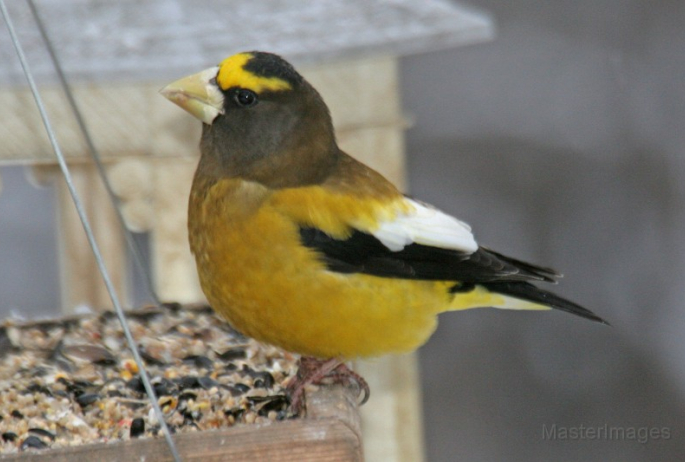
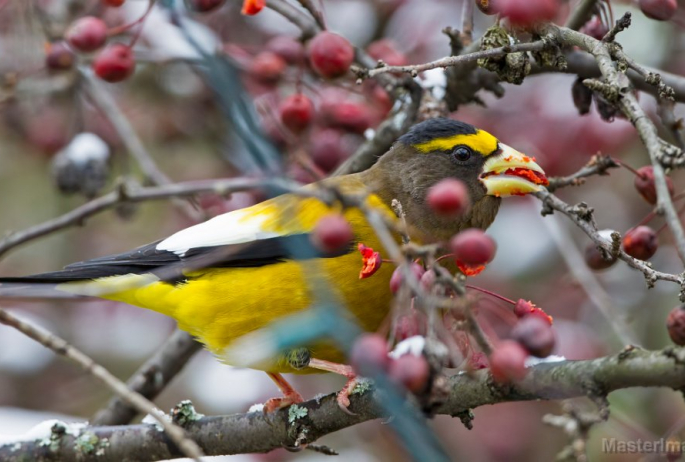

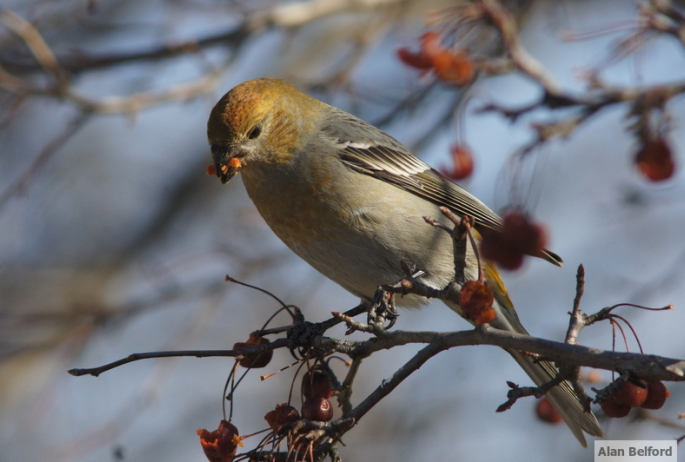

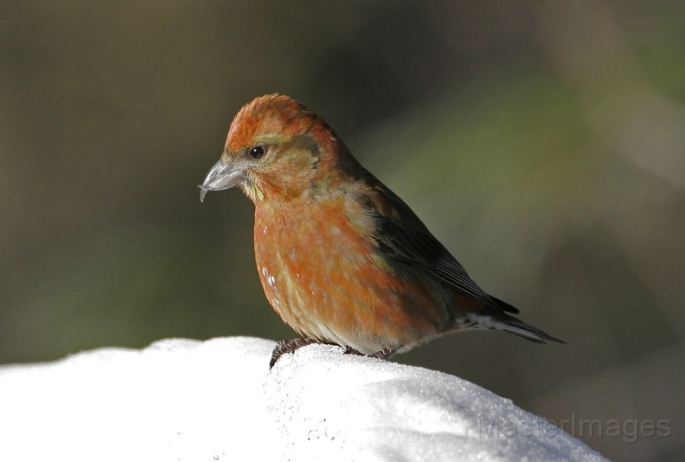
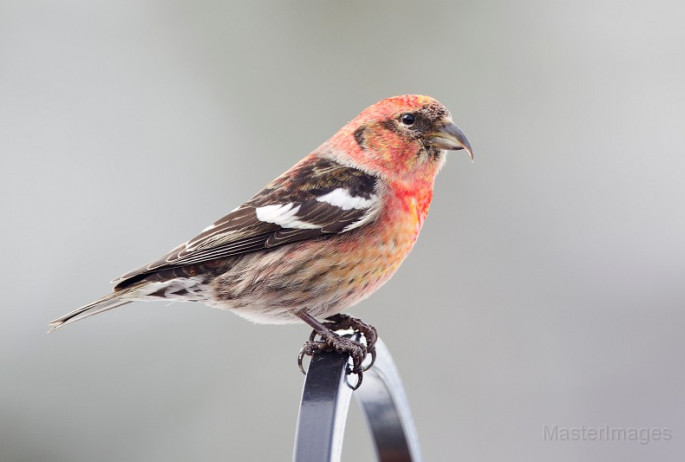
Packages and Promotions
Valid Jun. 20
- Sep. 7
Valid Mar. 12
- Jun. 30
Guided Nature Immersions - 10% off for Pre-Season Registration
Adirondack Riverwalking & Forest Bathing
Picture it now...you are wading the Ausable River on a warm summer day, feel the cool water against you, hear the sounds of the birds and the...
Valid Jan. 21
- Mar. 31
Valid Jan. 21
- Mar. 31
Titus Mountain Ski Package
Voco Saranac Lake
Enjoy your stay at the award winning voco Saranac Lake which includes two adult lift tickets at Titus Mountain Family Ski Center. Additional...
Valid Jan. 16
- Mar. 31
Valid Jan. 16
- Mar. 31
Hotel Saranac Ski & Stay Package
Hotel Saranac
Stay & Ski Package Stay at Hotel Saranac and Ski Titus Mountain Day or Night Package Your room reservation includes one adult lift ticket....
Valid Jan. 16
- Mar. 31
Valid Jan. 16
- Mar. 31
Hotel Saranac Sled & Spoke Package
Hotel Saranac
Snowmobile Package Hotel Saranac and Sara-Placid Sled & Spoke have partnered so you and a guest can explore dozens of miles of ADK snowmobile...
Valid Dec. 1
- Dec. 1
Valid Dec. 1
- Dec. 1
Linger Longer in Saranac Lake
Best Western Saranac Lake
Linger Longer in Saranac Lake at our supremely located property, Best Western Saranac Lake. Stay 2 nights or more and get 15% off!
Valid Jan. 21
- Jan. 21
Valid Jan. 21
- Jan. 21
Stay and Dine
Voco Saranac Lake
Receive a 50 dollar credit per stay to use in our Boathouse Saranac Lake Pub. Enjoy an exceptional dining experience with unparalleled views great...

